Ok, maybe that’s a bit harsh…or is it? We can’t live without email, just like we couldn’t live without telephones even when all we had was rotary dials. Who wouldn’t say “rotary dial sucks!” today? We’re dependent on email and drowning in email at the same time.
Look, email, in some form, will not get replaced completely. Just like TV didn’t completely replace radio. But following are just some of the reasons why we are way overdue for a change.
1. Knowledge Silos

Since each email inbox is completely private, stored content can not be shared without explicitly and actively forwarding the content. This a) requires time to forward those requesting it, and b) creates duplicate copies of the content.
2. Delete Dilemma

3. No Priority Hierarchy

4. Lack of Context

When you think about it, the email sender already has the context of the message. Instead, we leave it to the recipient to figure out the context and organize (tag, label, file in folder, etc.). With the increasing volume, organizing received emails usually just does not happen any more. Instead, we rely solely on sort and search…or probably more prevalent than we’d like to admit, we just ask people again for answers we already have buried in our email inboxes.
5. Distributed Mess

- According to Microsoft, “more than 97% of all e-mails sent over the net are unwanted.“
- An email sender can never be 100% sure when or even if all intended recipients will receive their email.
- And even with “standards”, many deal with incompatibilities on a regular basis. Anyone seen “winmail.dat” attached to an empty message? Or incompatible formatting? Or ever try to send meeting invitations including different recipients using MS Outlook, GMail, and Lotus Notes?
6. No Data Life Cycle Management
 Email data management has long been a concern for IT and more recently for Compliance. IT sets crude storage quotas to manage costs (email proliferates unnecessary duplicate copies of files and data). But data archiving, regulatory compliance, legal holds, etc. are a nightmare. With email’s store & forward architecture and increasing mobile device adoption and diversity, IT demands security features like remote wipe so an employee can’t just walk away with critical corporate data.
Email data management has long been a concern for IT and more recently for Compliance. IT sets crude storage quotas to manage costs (email proliferates unnecessary duplicate copies of files and data). But data archiving, regulatory compliance, legal holds, etc. are a nightmare. With email’s store & forward architecture and increasing mobile device adoption and diversity, IT demands security features like remote wipe so an employee can’t just walk away with critical corporate data.
7. Ambiguous Etiquette

Let’s face it. Most of us have a Love/Hate relationship with email. When all you have is a hammer, everything looks like a nail. We use email for “everything” collaborative. In email, we share and co-author documents, discuss, announce, invite, schedule, flame, update, etc. The “Least Common Denominator” functionality of email provides flexibility but also creates inefficiencies for certain tasks where a more appropriate collaboration tool would be better.
But we’ve lived with the pains of email so long we don’t even notice them. Today, imagine getting rid of your cell phones to carry coins around for pay phones. Ridiculous now, right? No one thought so before cell phones.
Shouldn’t we be able to: Subscribe to what we want? Decide how/when we get notified? Discover useful info we didn’t know existed? That’s where “Social Collaboration” comes in…for the first time, Social Collaboration offers a supplement, if not a real alternative to email.


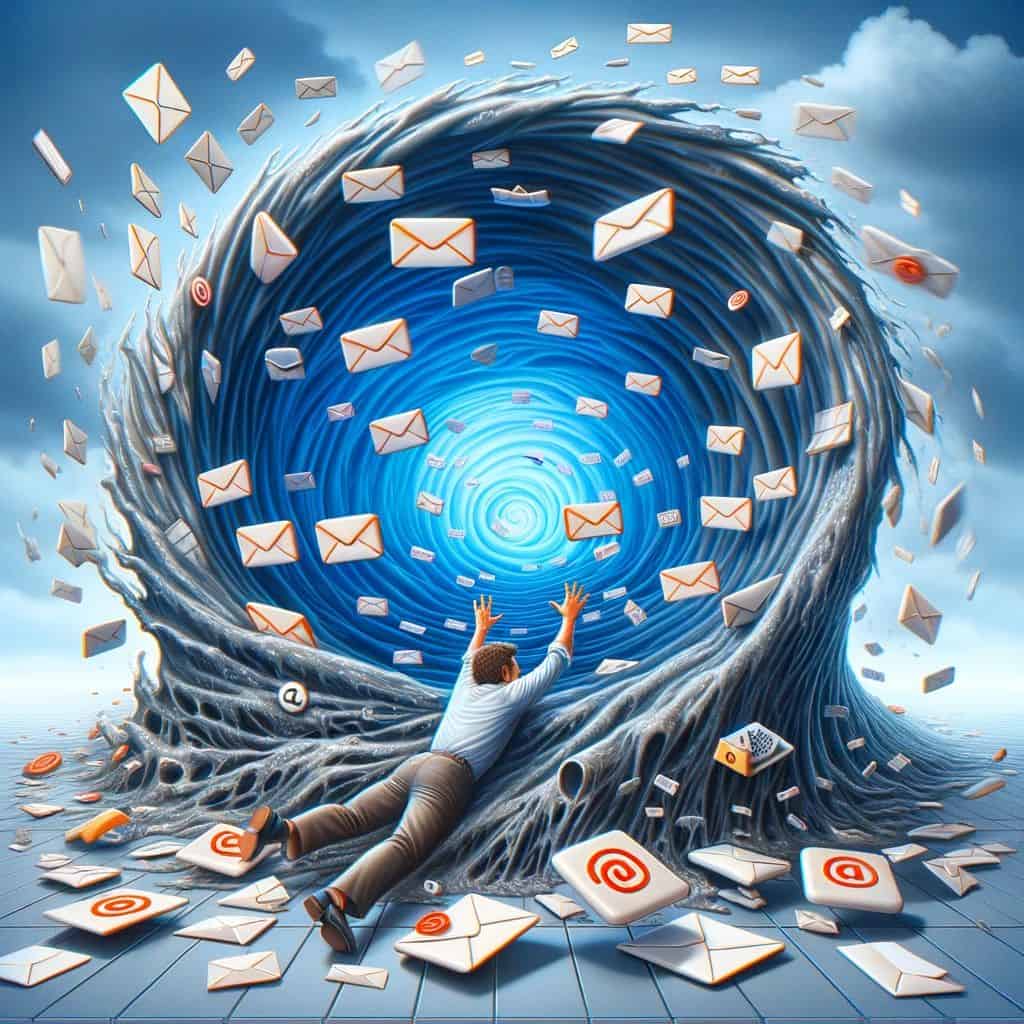
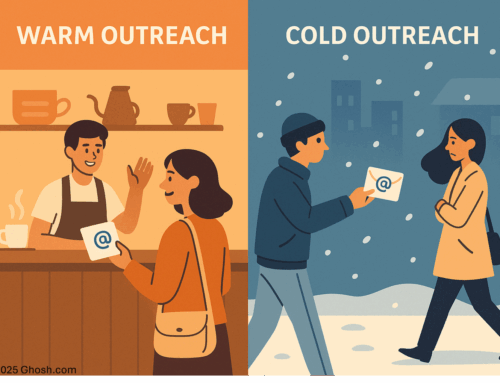

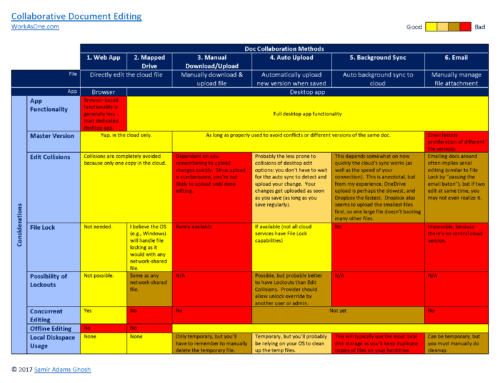
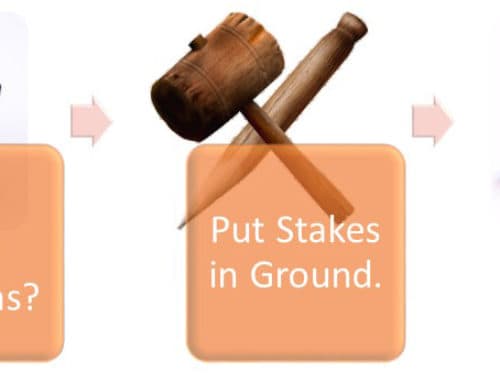
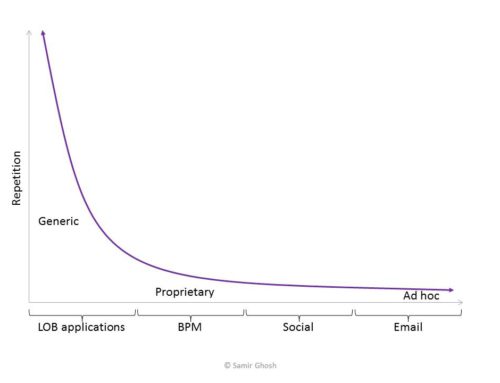
Thats a nice post.Precise points.
So what do you feel (1)do we need a completely new model of communication which will replace email
or (2) We need to modify the present email systems and email clients
Hi Samir, you make a compelling case against email and appear to put your points across in a constructive way.
I personally would’ve liked to have seen more on the conclusion. We all more or less ‘know’ what the problem is 🙂
Social collaboration is gaining momentum, no doubt, and I’m a big advocate. My approach is always based on the ‘horses for the courses’ idiom. As you rightly said in the beginning, email will always have it’s place. Perhaps the collective should think about where is it appropriate to use email as opposed to outright opposition? Just sayin…..
Enjoyed your blog nonetheless and have gladly shared it.
Cheers,
-Arlen-
Thanks Arlen,
The term “Social Collaboration” is used because it encompasses multiple benefits, one of which is moving discussions from a separate email stream into an embedded conversation around contextual objects. In Facebook, the discussions are around people; in business, they need to be around processes, business objects, problems, etc.
Email will gradually get usurped as contextual conversation tools get adopted. And email will be left filling whatever void continues to exist.
I’m surprised, though, how many do not “‘know’ what the problem is”. A common question I hear, “Why do I need social? Email works fine.” Email is so engrained that many (most?) aren’t even aware of their pain. Walk into your supermarket and see how many products are still using trans fats. Some people have “known” about the dangers of trans fats for decades.
Samir.
Nice article and I’m happy to have come here
Now I want solutions. Where should I click?
I didn’t see an obvious link to tools for social collaboration that solve these 7 problems, but maybe I’m missing the point. Do you suggest to “drop” email and use real sharing platforms?
About to click around to see what you have in mind and looking forward to the “delete dilemma”.
Keep up the good work!
@dan_steer
Doh!
Didn’t see Arlen’s comment or your reply before I wrote my comment…
I agree that not everyone is clued into the downside of email and your writing merits continuation.
Check out the Email Charter that people like @danielpink have been signing in the US
http://emailcharter.org/index.html
@dan_steer
I think the place for email is for alerts and notificiations. Also private messaging has it place in email. The rule of thumb I like to use email for internally is if I was going to ask a question or use a distrubution list, it is better servered in a community environment.
Jason,
The tendency is to think of email vs. community environment on one dimension. When people say “my kids don’t use email”, I question that. Their kids are messaging inside of Facebook; they just don’t call it email.
In business, we will always have the need to message, whether that’s privately or in communities. Email, however, is a specific individual-oriented, store-and-forward tool modeled after an outmoded distribution system, paper. Just like the construct of music “albums” existed primarily because you had to distribute physical discs. Today, albums are not really needed.
Similarly, messaging no longer needs to be transmitted via email. What’s even better? How about a suite of collaboration tools best for each type of message (private message, status update, file sharing, co-authoring, polling, etc.) and then messaging that’s both contextual (i.e., linked) to the business process, application or system of record and organized by activity (department, project, etc.), while fully searchable and securely discoverable.
That’s the future of messaging.
sg
Check out http://www.Qontext.com
You’ve forgotten at least two important points:
8. E-Mail sucks for sending files, and still, that has become pretty much the primary use for e-mail nowadays.
It has size limitations, still needs to convert the entire file to text like in 1970 (making it 30% bigger), and you never know if a specific file will ever reach the recipient.
9. SPAM. Do I need to say more? False positives, false negatives. E-Mail is intrinsically extremely unreliable. Oh, and even your delivery failure notifications might disappear in your SPAM folder.